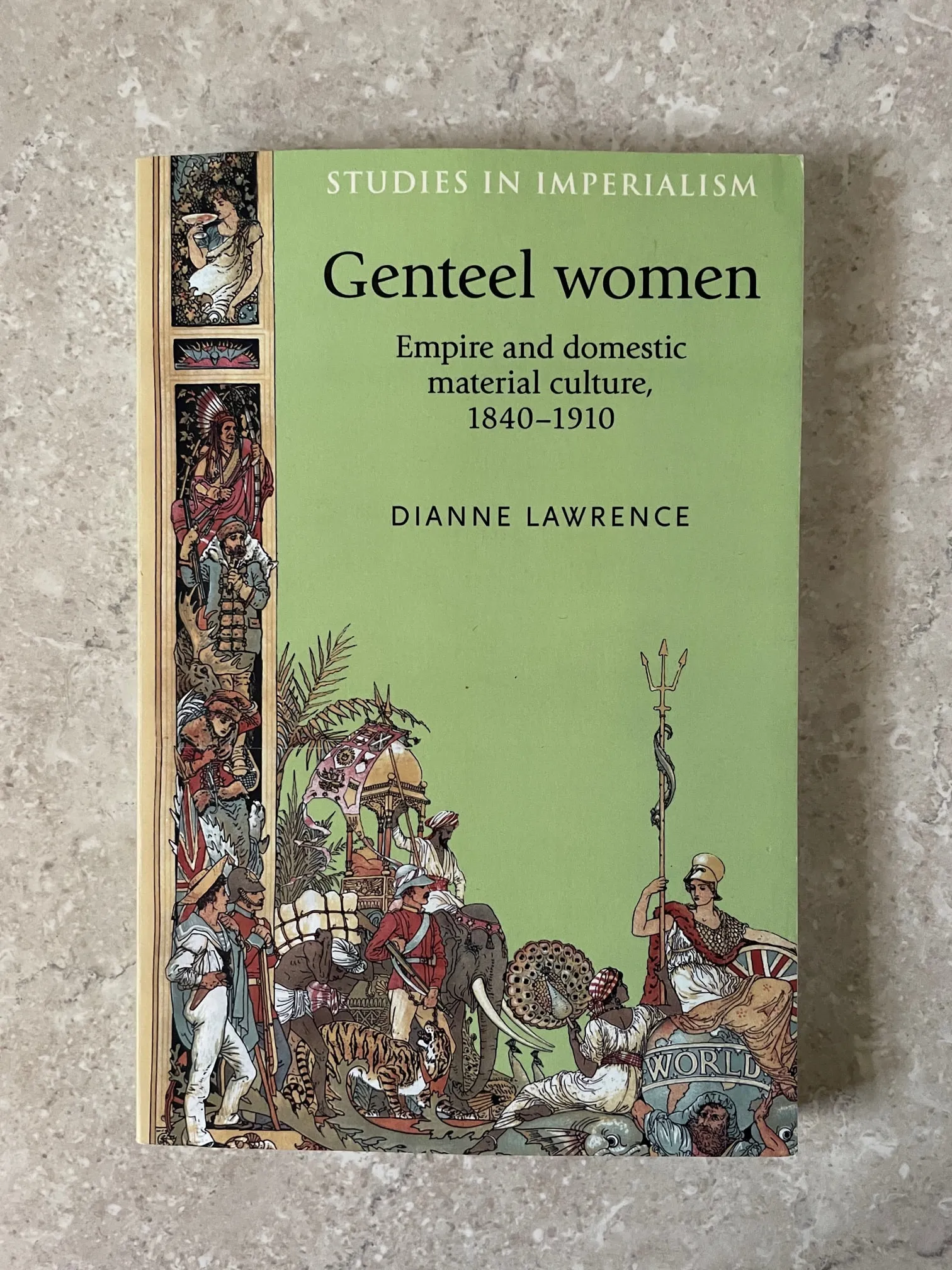Displaying Hope
Display is an art of curating pasts, presents and futures; using matter to re-member experiences, memories, values and hopes. Mantles, shelves and framed displays tell these stories and send out threads toward a future hoped for our children and their children.
There is potential in the ways we bring stuff together, meaningfully, to share new directions based upon what we have learned (and unlearned) from the past.
Photograph by Sia Duff
Courtesy of Guildhouse
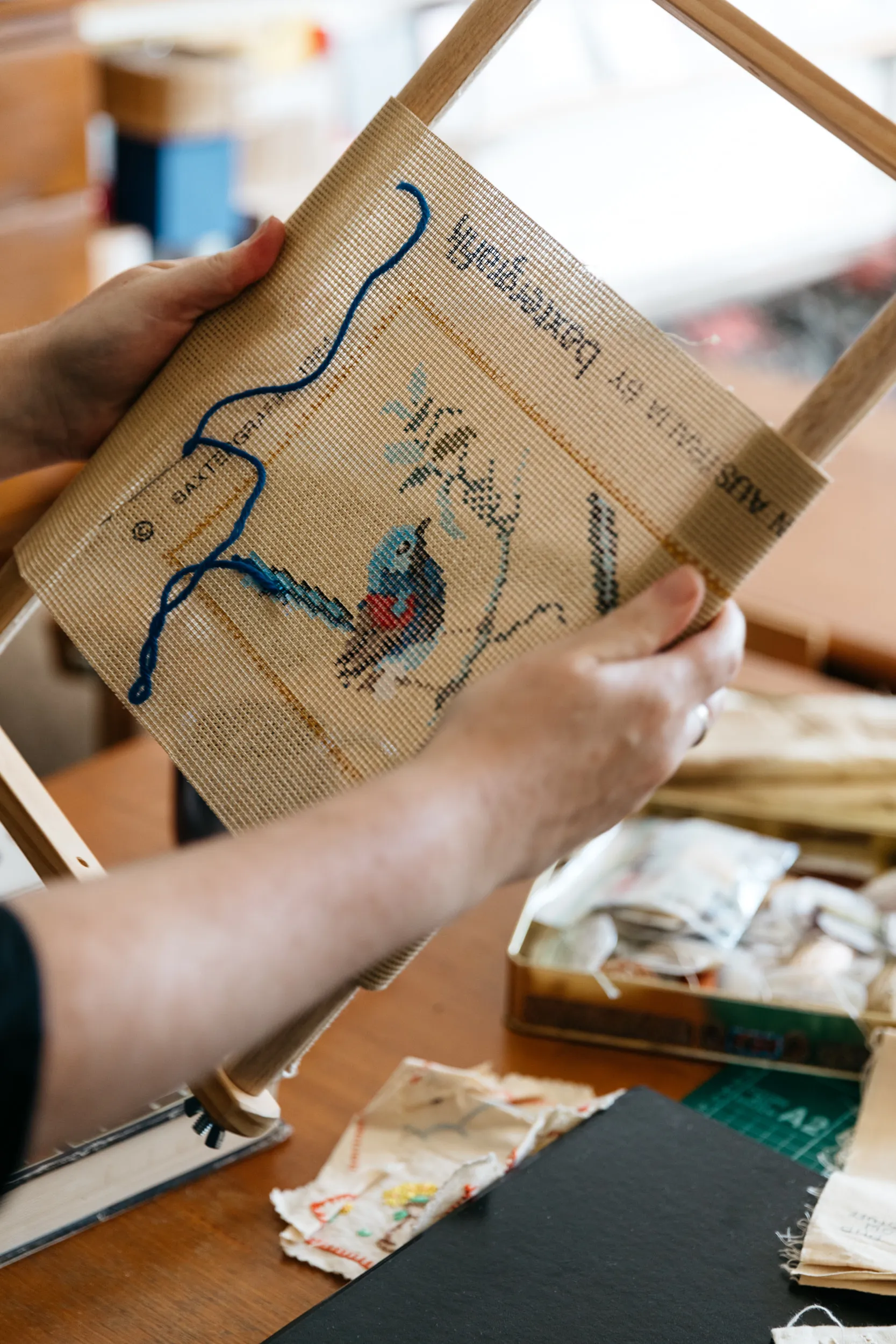
Artefacts
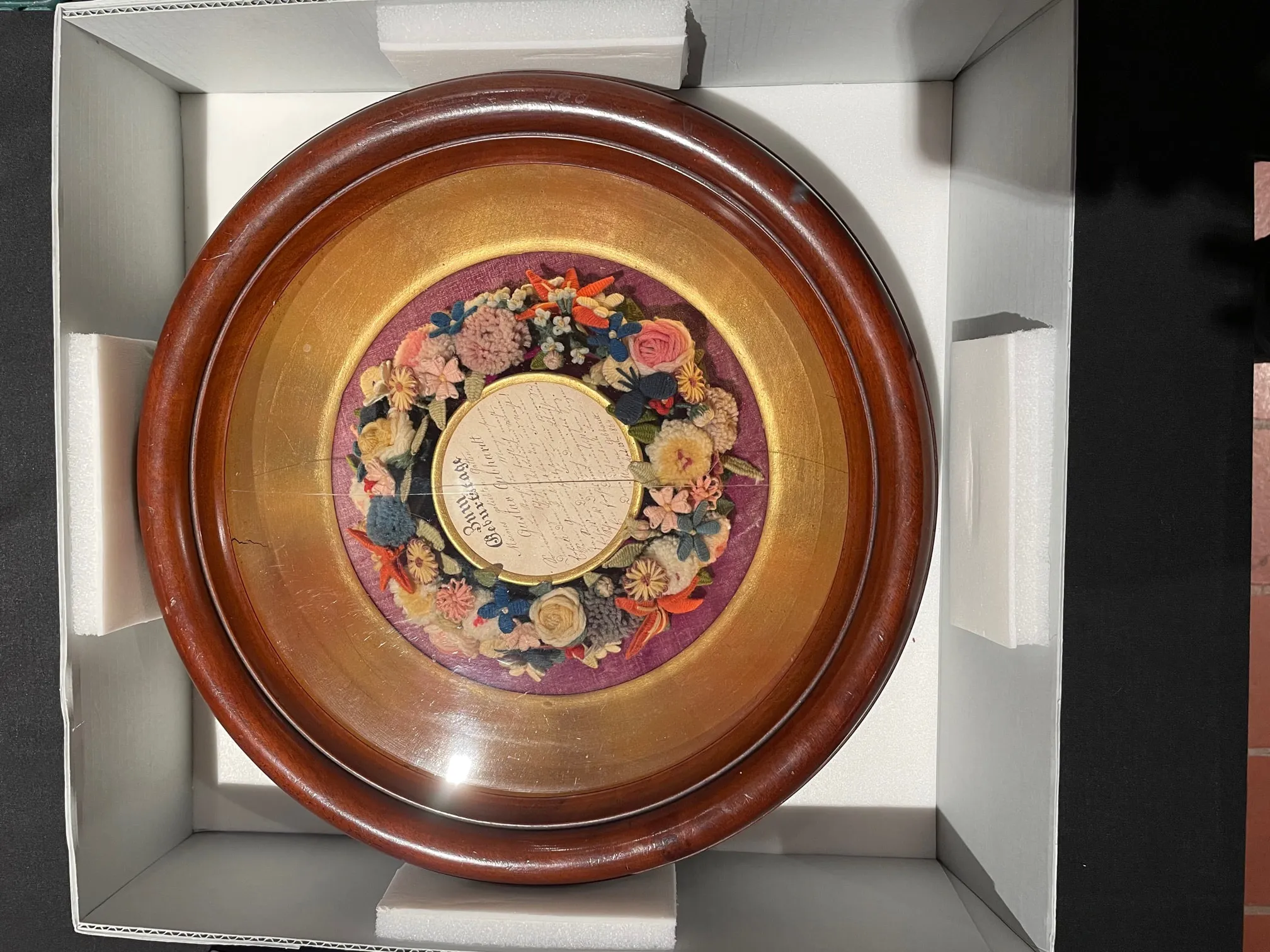
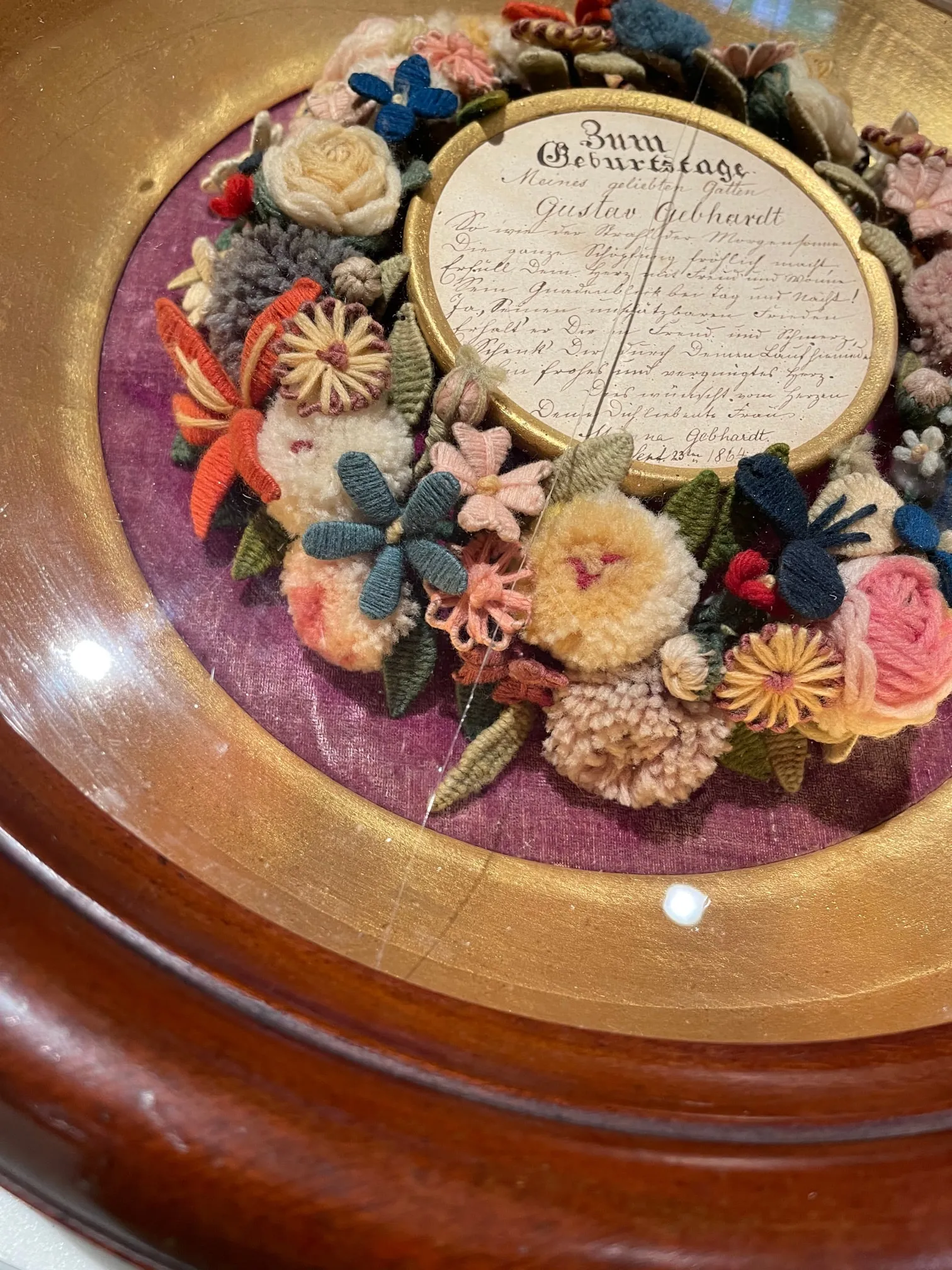

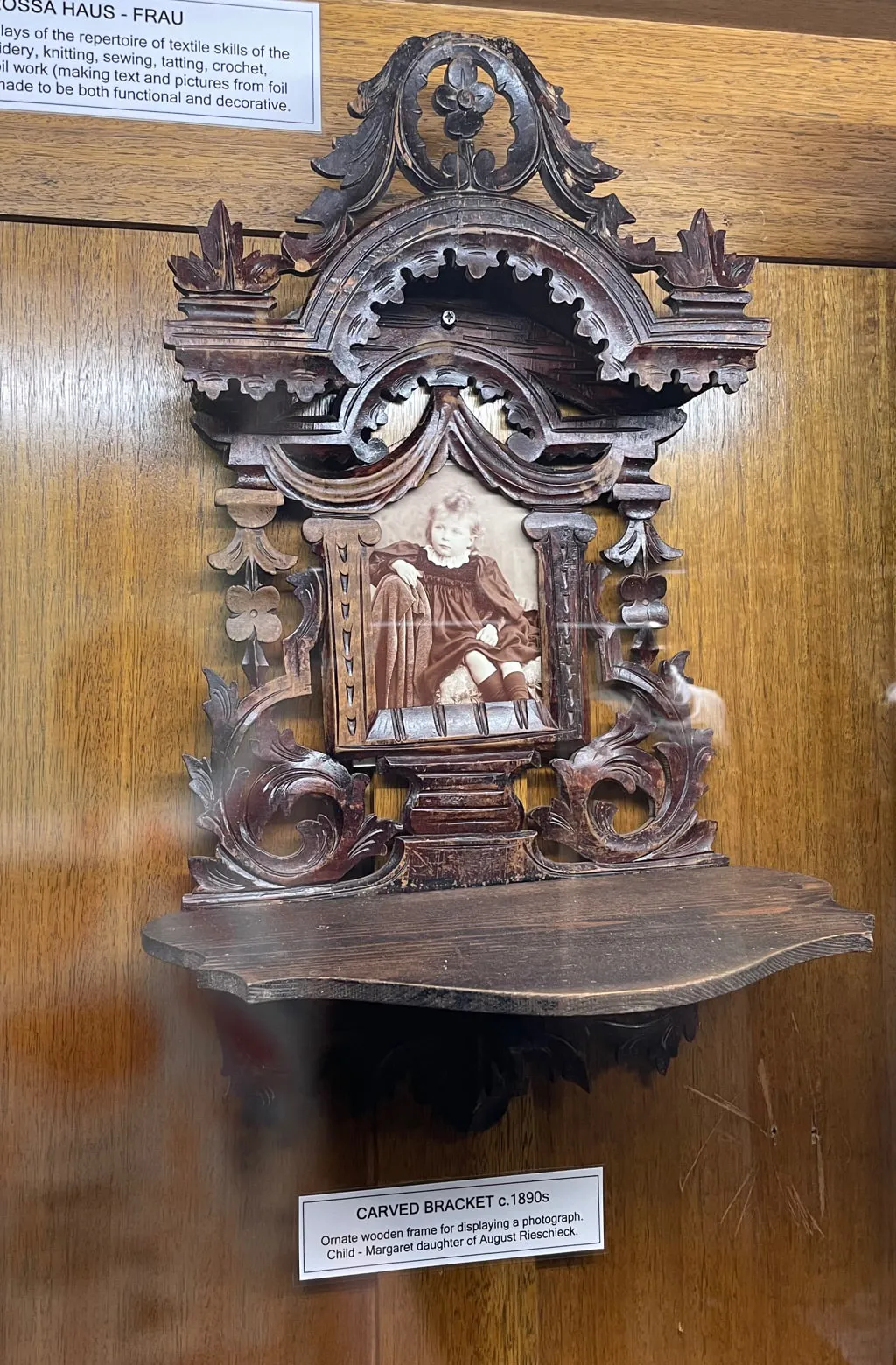
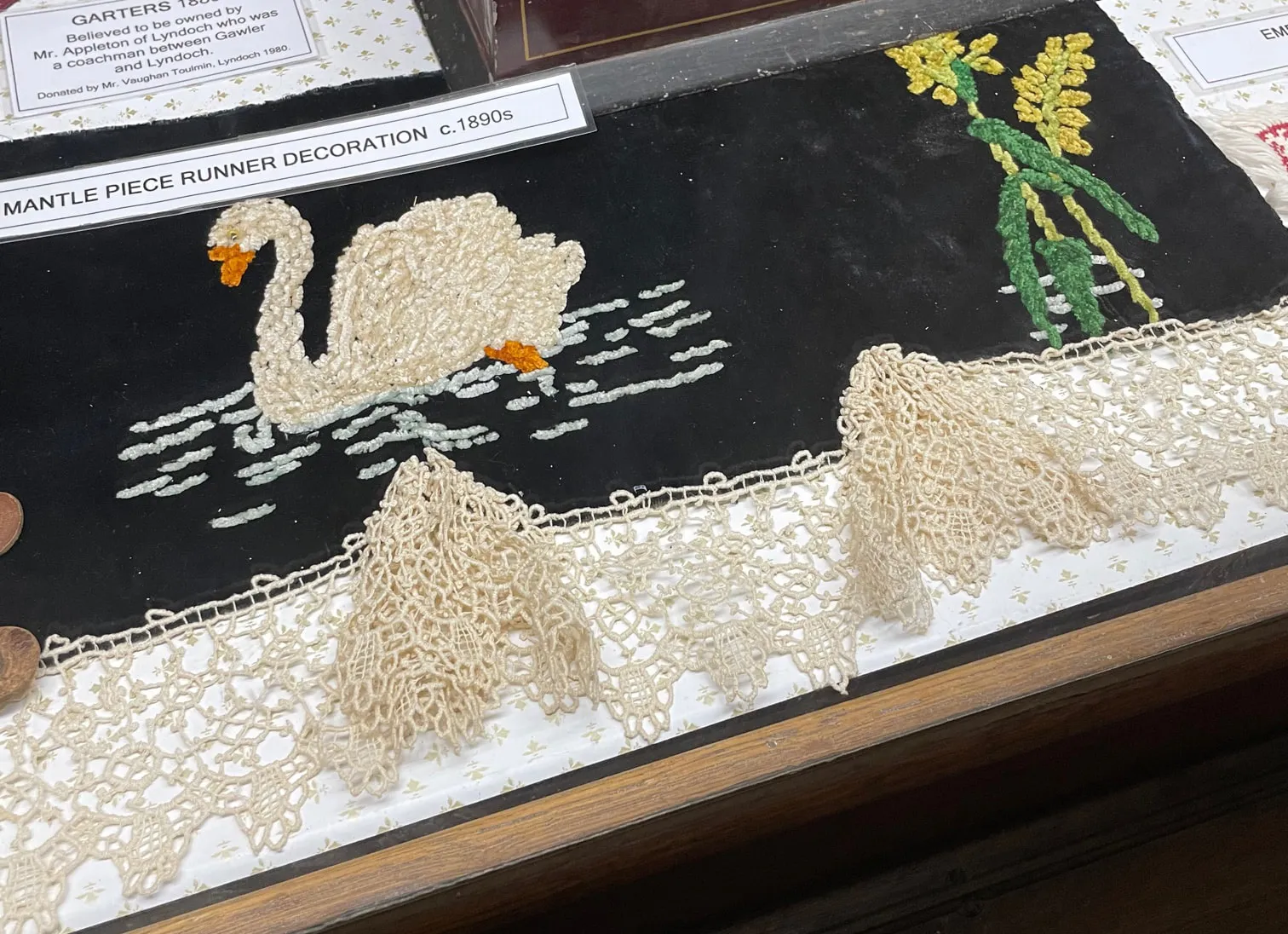
Photographs of items in the collection of the Barossa Museum, Tanunda, South Australia. With thanks to Luke Rothe
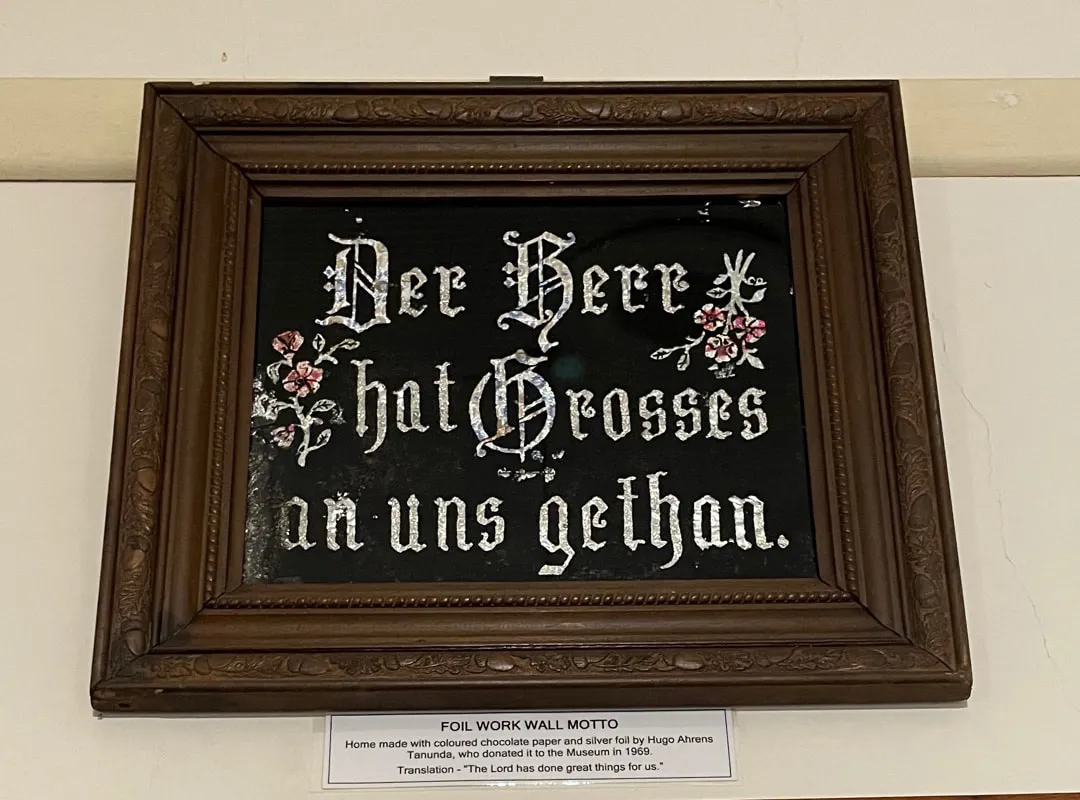
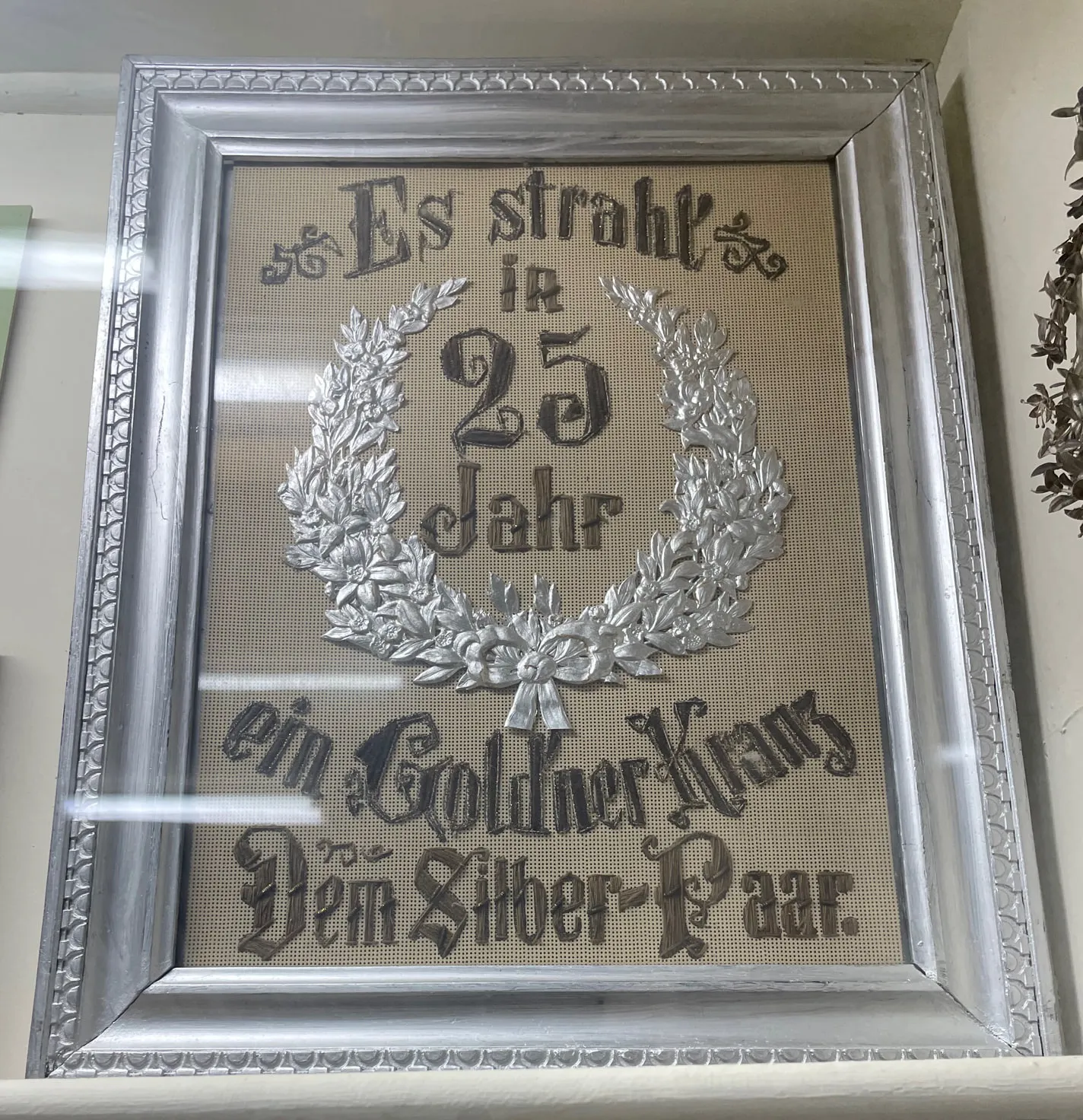
Examples of Barossa Folk Art. From top left: Hand-carved bracket/frame c. 1890s, foilwork by Hugo Ahrens mid 1900s, Leatherwork frame c. 1880, mantle piece runner c. 1890s, German anniversary needlework kit (upon perforated paper) early 1900s, mantle piece runner
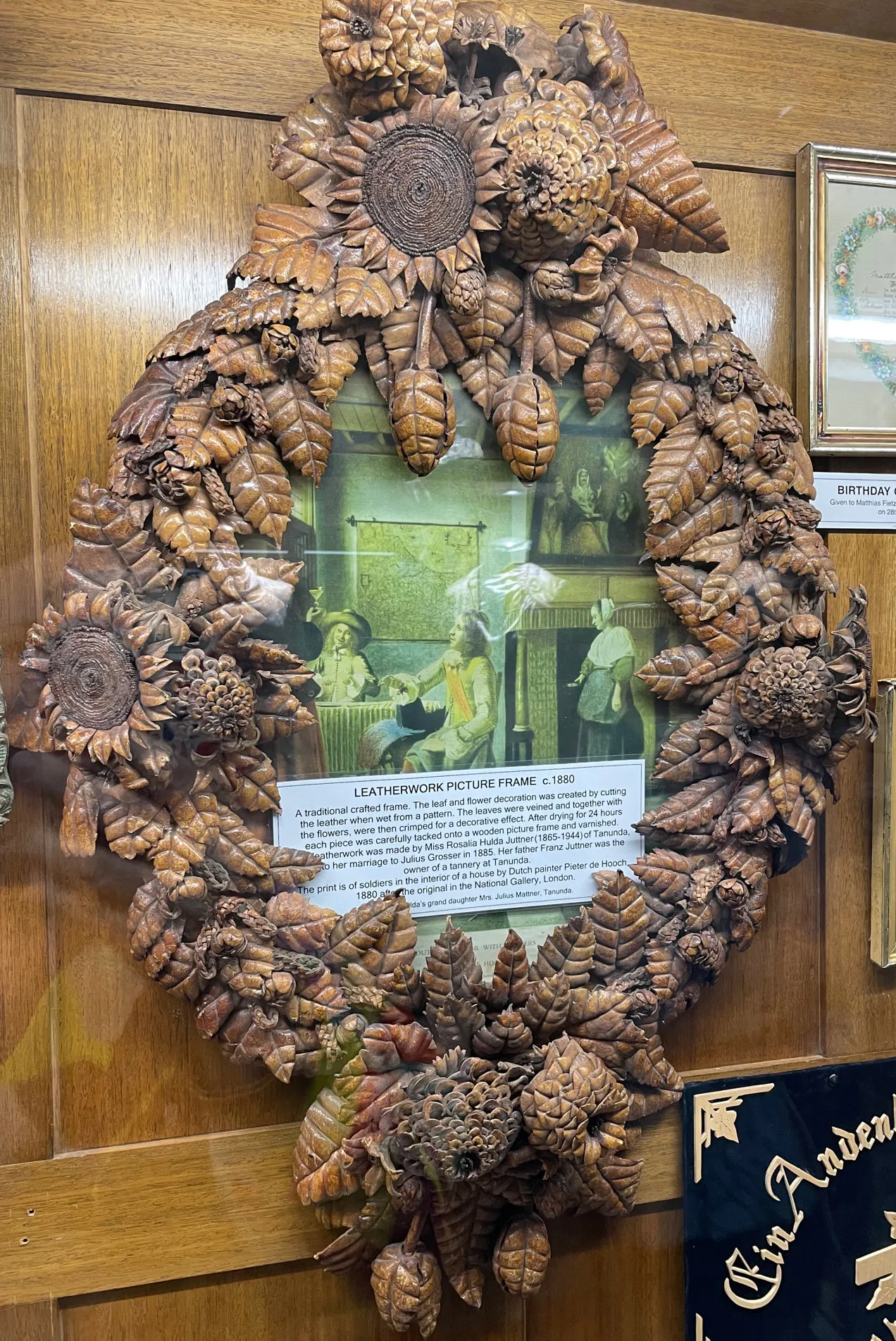
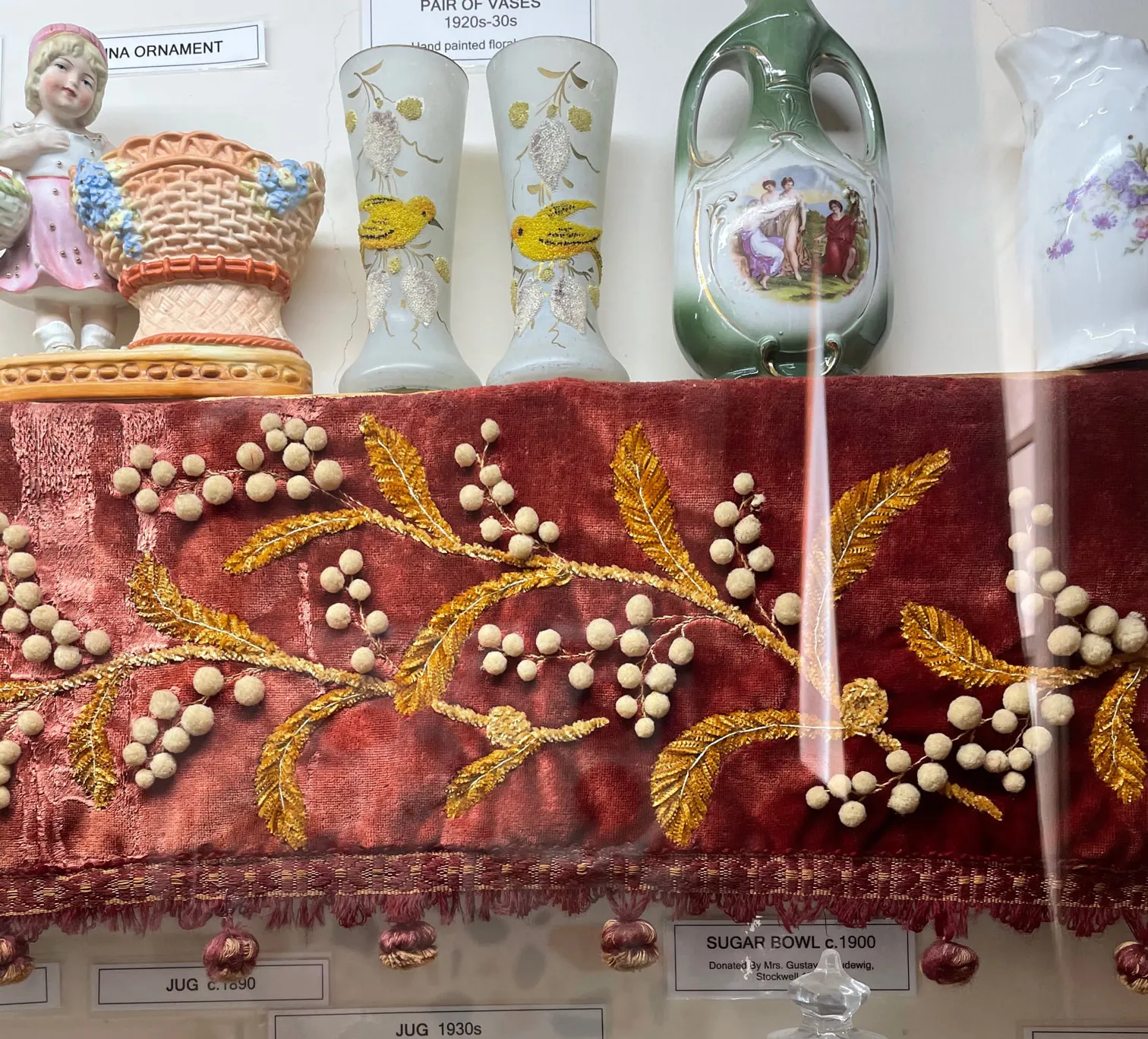
Cluttered displays in Australian colonial homes
The Victorian era home was renowned for being highly decorated with clutter residing upon mantelpieces, shelves, dressers, window-sills, and walls. More than just stuff, this orchestrated clutter reflected a family’s values, heritage and aspirations, and according to scholar Celeste Olalquiaga created ‘fastidious arrangements’ where ‘nothing is out of place and all the different elements participate in an obligatory meaningfulness’ (Celeste Olalquiaga, The Artificial Kingdom: A Treasury of the Kitsch Experience (New York: Pantheon, 1998). 89-91). In her unique study of Victoriana, Walter Benjamin, kitsch and dust, Olalquiaga suggests the practical purpose behind ornamentalism was to ‘cover the emptiness left behind by the absence of tradition’ (p. 89), an absence brought about by Modernity and by extension the mass-production of goods once bound to traditional modes of making. This absence was undoubtedly magnified in colonial Australia, far from the homelands of families and the cycles of intergenerational traditions.
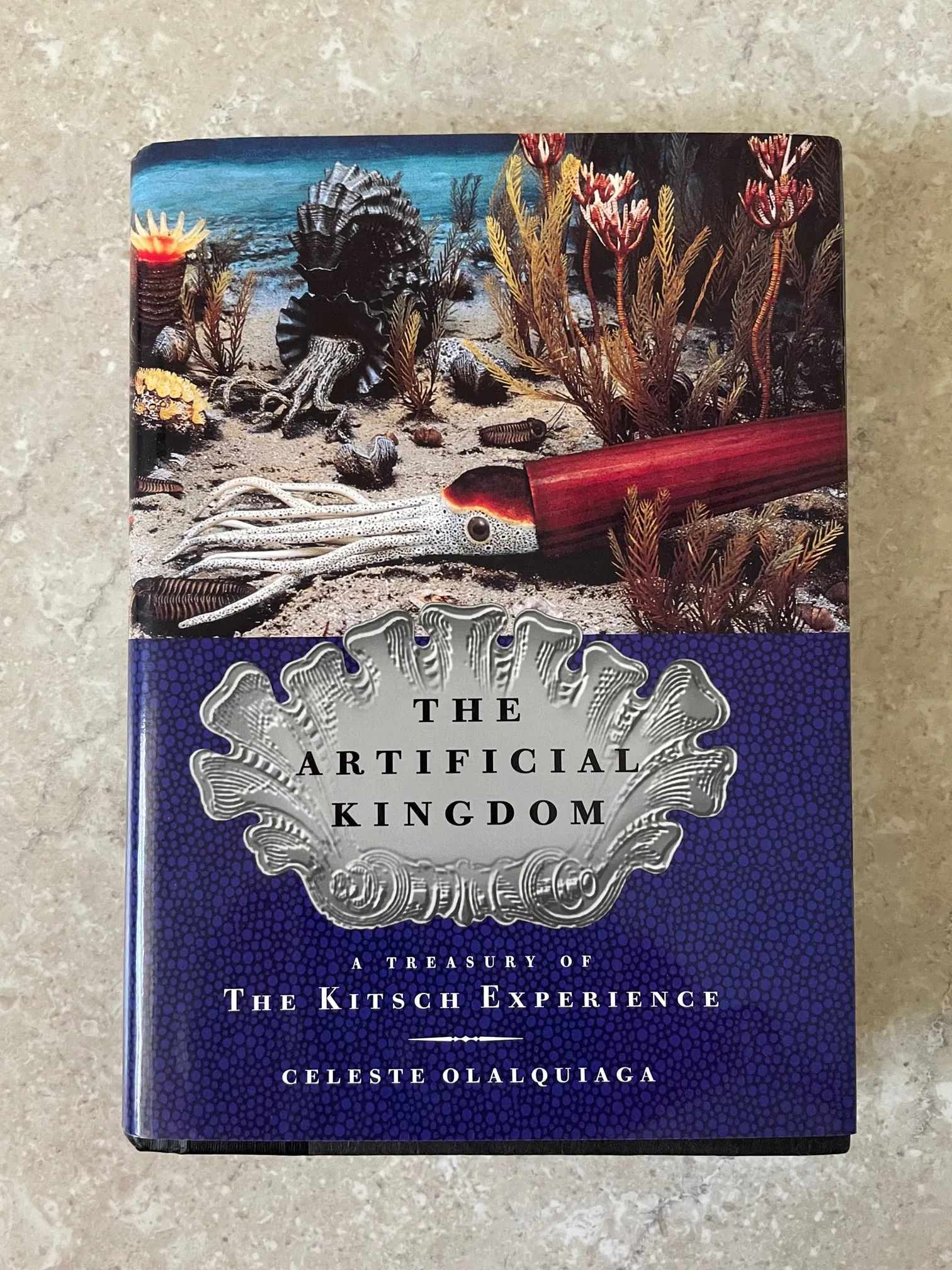
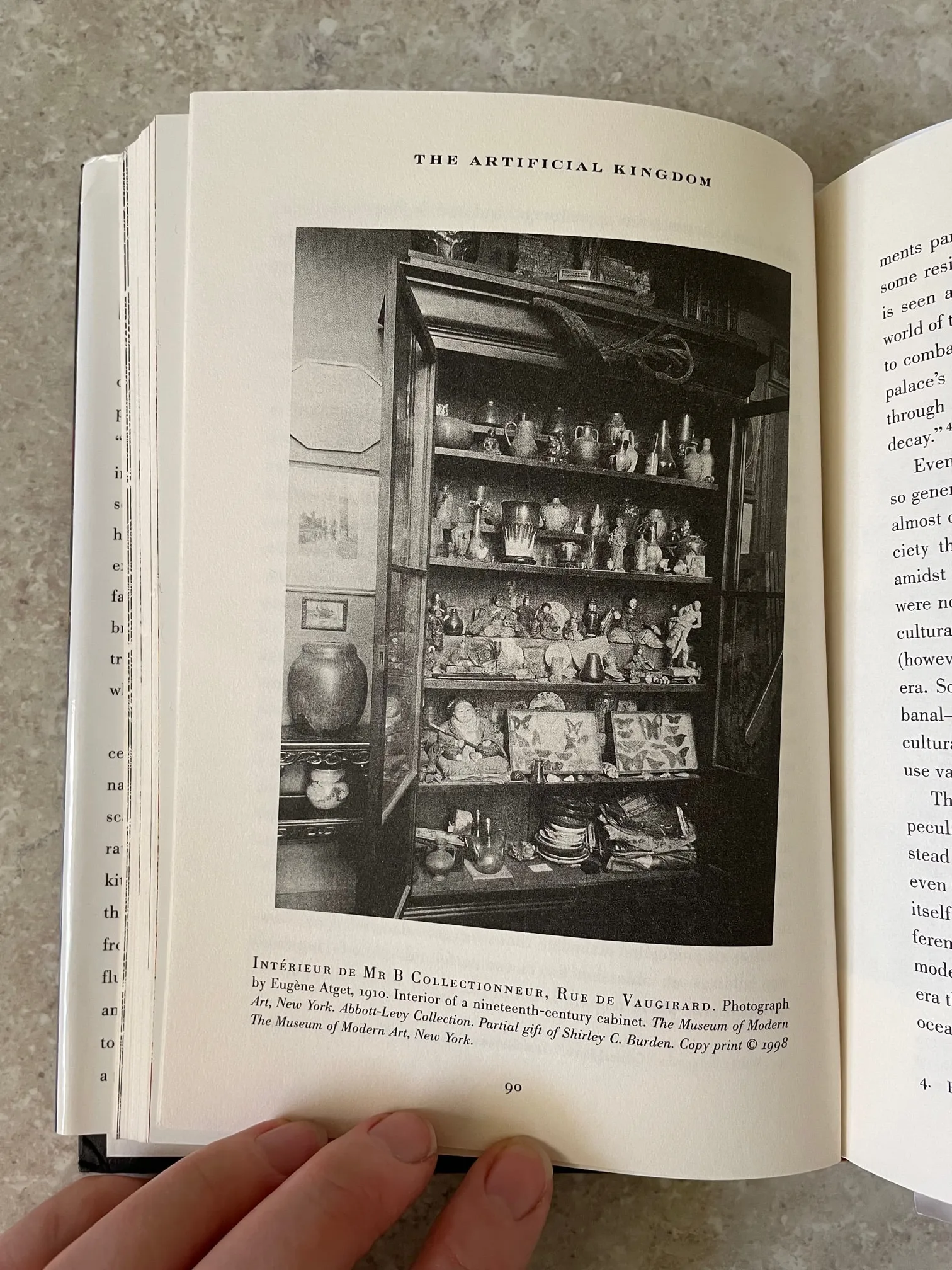
Recognising the colonising forces within Living Rooms
"... examination of the living room provides a means of politicising the domestic, for though the room was in the private sphere it had relevance far beyond the home and can also be understood as expression of broader discourses regarding the imperial enterprise and women's contribution within it"
( Dianne Lawrence, Genteel Women, Manchester University Press: Manchester, p. 74).
figurine, wallpaper, ceiling rose, needlework, lamp, plant and flower arrangement, framed image, framed photographs, vase, cushion, curtains, carpet, mantle piece runner and drapes, fire-screen, rug, shell-work, inherited object, wall frieze, sofa, miniature model, pokerwork, table-cloth, napery, screen, footstool, mirror, paperweight, album, box, decorative plate
